
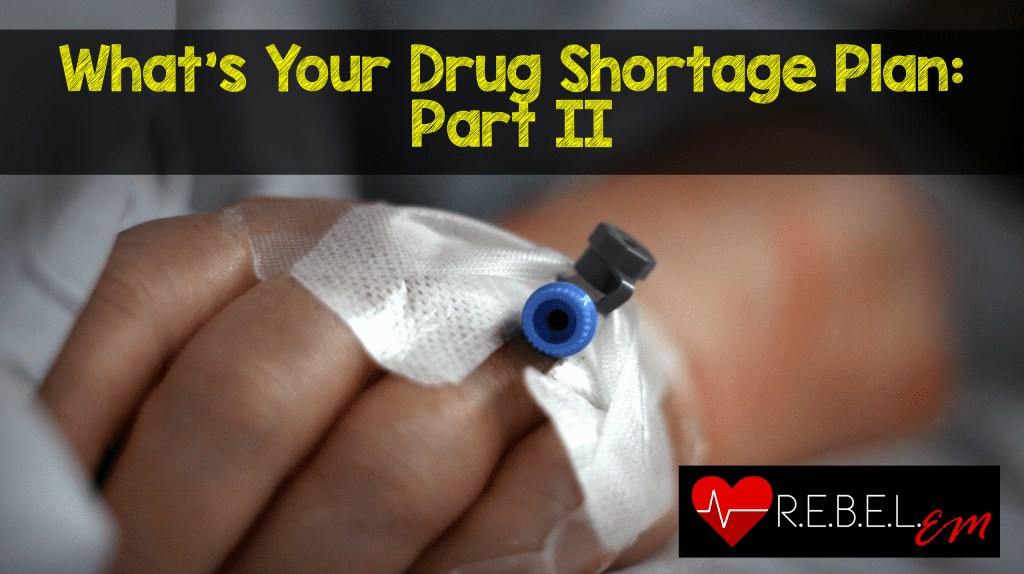
Many drugs critical to patient management are showing up on national shortages (most pertinent to the ED list below). Is your institution feeling the effects? Do you have a drug shortage plan?
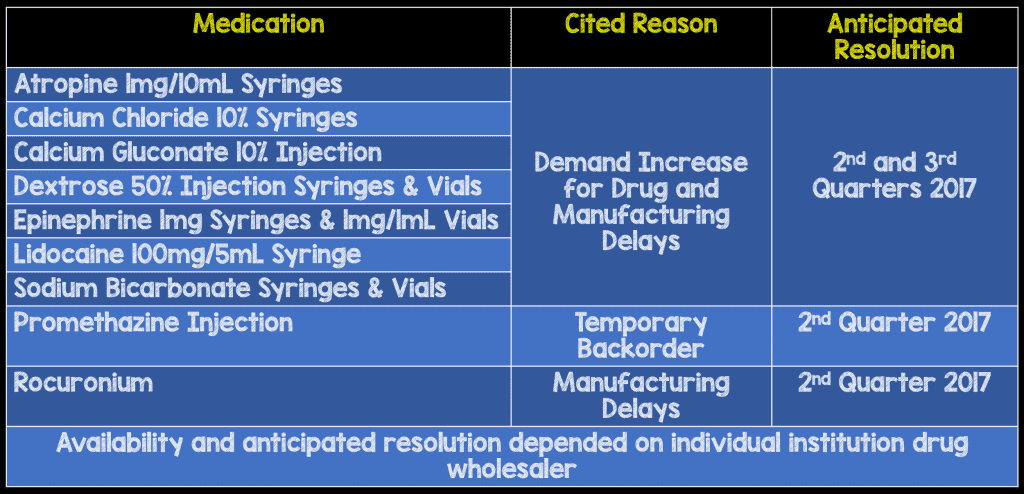
In this post we will cover potential alternatives to combat drug shortages for the following medications:
- Sodium Bicarbonate
- Promethazine
- Rocuronium
Sodium Bicarbonate:
- Society of Critical Care Medicine (SCCM) released a drug shortage alert in September 2016
- Contrast Induced Nephropathy – Minimize potential other nephrotoxins, and hydration with normal saline
- Rhabdomylosis – Hydration with normal saline
- Hyperkalemia – In the absence of severe acidosis should be treated routinely with traditional therapies of insulin, dextrose and if warranted inhaled beta-2 agonists
- Sepsis Induced Acidosis – Treat underlying cause and consider Sodium Bicarbonate if pH is <7.15
- Diabetic Ketoacidosis – Treat underlying cause
- Urinary Alkalization to Enhance Drug Elimination – Therapy adjusted based on agent being eliminated
- Guidelines mention Sodium Acetate as a possible adjunct in Sodium Bicarbonate Absence (table below)
-
Toxicology Indications – Strongly recommended working with local toxicologist or poison control centers to help guide safe treatment
- Two most common overdoses for which Sodium Bicarbonate is an emergent treatment are Tricyclic Antidepressants (TCAs) and Salicylates
- Sodium Acetate, Hypertonic Saline, Hyperventilation, Dialysis are some of the alternative options being recommended
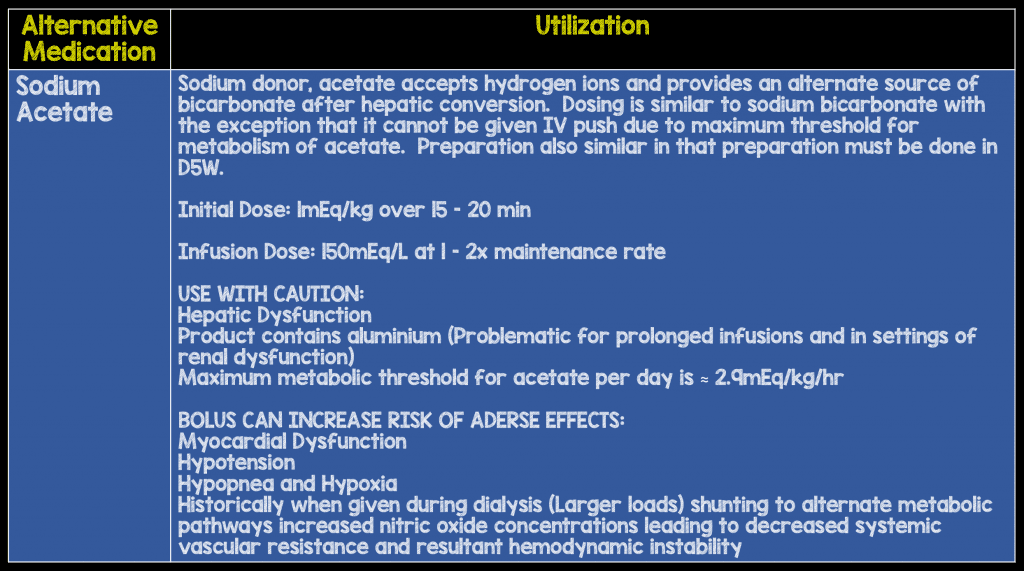
Promethazine Injection:
- Use an alternative antiemetic
- Additional complexity is introduced into the scenario when dealing with pregnant patients with recent increased concern with ondansetron use
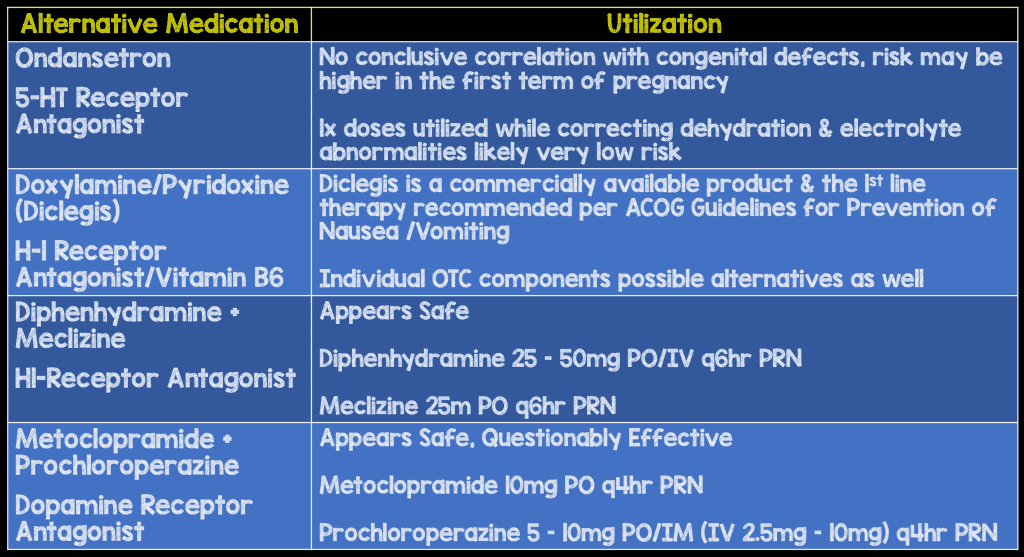
Rocuronium:
- Use an alternative paralytic
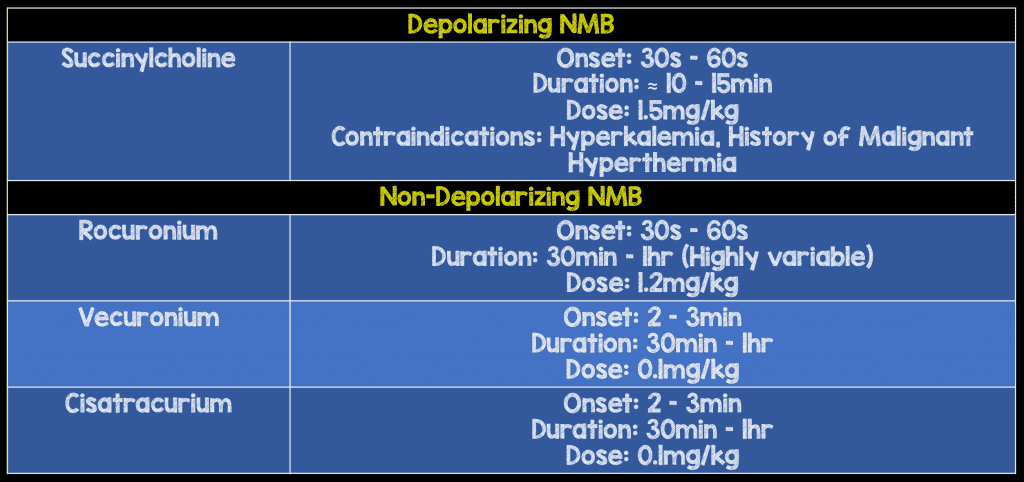
Again, if you are not feeling the effects of the shortage yet there is still time to strategize. Understanding how your hospital is affected is important and dependent on your drug wholesaler. Reach out to your pharmacist or pharmacy department and don’t forget to include your toxicologist and poison control center in instances of alternate treatment for overdoses.
Guest Post By:

Regan Baum, PharmD
UK HealthCare
Lexington, KY
Twitter: @KYEMPharmDs
References:
- Emergency Medicine PharmD Blog: Safety of Ondansetron During Pregnancy
- American Society of Hospital Pharmacists: Current Drug Shortages
- Groke SF. Sodium Acetate as an Alkalinizing Agent for Salicylate Intoxication: A Case Report. Journal of Clinical Toxicology 2015; 5: 237 [Online Content]
- Liebelt EL. Cyclic Antidepressants. Goldfrank’s Toxicologic Emergencies, 10e New York, NY: McGraw-Hill; 2015 [Online Content]
- Lugassy DM. Salicylates. Goldfrank’s Toxicologic Emergencies, 10e. New York, NY: McGraw-Hill; 2015. [Online Content]
- Nahas GG et al. Guidelines for the Treatment of Acidaemia with THAM. Drugs 1998; 55(2): 191 – 224. PMID: 9506241
- Society of Critical Care Medicine. Drug Shortage Alert on Electrolyte Medication.
- Society of Critical Care Medicine. Drug Shortages Alert September 2016.
- Society of Critical Care Medicine. Ethical Dilemmas Related to Drug Shortages April 2017.
- S. Food and Drug Administration (2013): Drug Safety and Availability. Current Drug Shortages Index.
- S Food and Drug Administration (2013): Drug Safety and Availability. Current Drug Shortages Index. Pfizer Injectables Notification of Emergency Syringe Supply Interruption.
Post Peer Reviewed By: Anand Swaminathan (Twitter: @EMSwami) and Salim Rezaie (Twitter: @srrezaie)
The post What’s Your Drug Shortage Plan: Part II appeared first on REBEL EM - Emergency Medicine Blog.
